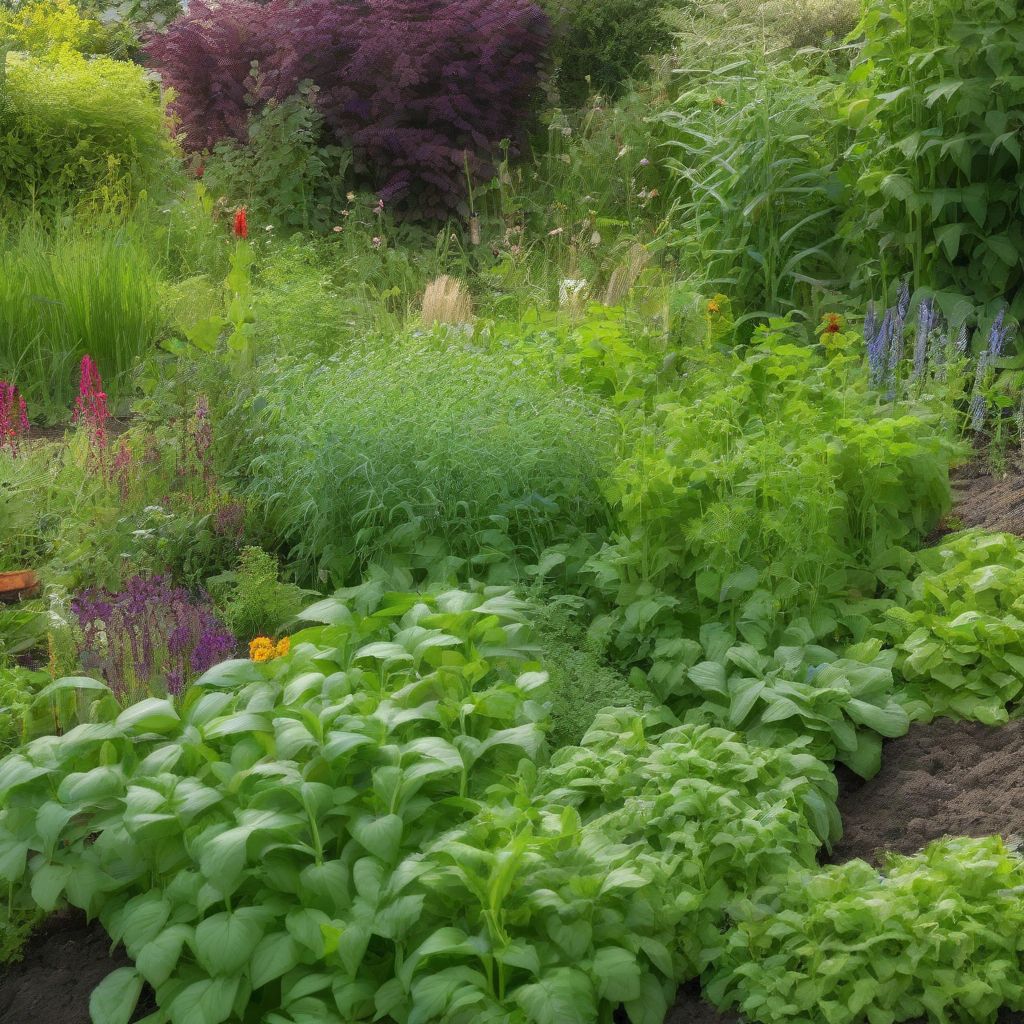Have you ever dreamt of a garden bursting with life, where plants thrive effortlessly and the soil is rich and dark? Achieving this dream garden isn’t about magic, it’s about understanding the secrets beneath the surface. One of the most powerful tools for enriching your soil naturally is the use of cover crops. Learning how to use cover crops can transform your garden from struggling to flourishing, all while working in harmony with nature.
What are Cover Crops and Why Should You Use Them?
Cover crops are plants grown not for harvest, but to improve soil health. Think of them as nature’s multivitamins for your garden. They aren’t harvested for food, but they offer a plethora of benefits, making them an essential tool for any gardener, especially those practicing organic methods. They act like a living mulch, suppressing weeds, preventing erosion, and enhancing the soil structure.
Benefits of Cover Crops
- Improved Soil Structure: Cover crops, especially those with deep roots, break up compacted soil, improving aeration and water infiltration. This creates a more hospitable environment for plant roots to grow and access nutrients.
- Increased Soil Fertility: Legumes, a type of cover crop, have a unique ability to fix nitrogen from the air into the soil. This natural fertilization process reduces the need for synthetic nitrogen fertilizers. Other cover crops scavenge nutrients left over from previous crops, preventing them from leaching away and making them available for future plantings.
- Weed Suppression: A thick cover crop canopy effectively shades out weeds, reducing competition for resources and minimizing the need for herbicides.
- Erosion Control: Cover crops protect the soil surface from the impact of rain and wind, reducing erosion and preserving topsoil.
- Increased Organic Matter: When cover crops are incorporated back into the soil, they decompose and add valuable organic matter, improving soil health and fertility over time.
- Pest and Disease Management: Certain cover crops can attract beneficial insects or suppress harmful nematodes, contributing to a healthier garden ecosystem.
Choosing the Right Cover Crops
Selecting the right cover crop is crucial for maximizing its benefits. Different cover crops offer different advantages, so consider your specific needs and soil conditions.
Types of Cover Crops
- Legumes: These nitrogen-fixing powerhouses include clover, alfalfa, and vetch. They are excellent for enriching the soil with nitrogen.
- Grasses: Rye, oats, and barley are popular choices for suppressing weeds, improving soil structure, and scavenging nutrients.
- Brassicas: Mustard, radish, and turnips are known for their ability to scavenge nutrients and suppress soilborne diseases.
- Broadleaves: Buckwheat, sunflower, and phacelia attract beneficial insects and improve soil health.
How to Plant and Manage Cover Crops
The process of using cover crops is relatively straightforward, and even beginners can integrate them into their gardening practices.
Planting Cover Crops
- Timing: Cover crops can be planted in the spring, summer, or fall, depending on your climate and gardening goals.
- Seeding: Broadcast the seeds evenly over the soil surface or plant them in rows. Be sure to follow the recommended seeding rate for your chosen cover crop.
- Watering: Keep the soil moist until the cover crop is established.
Managing Cover Crops
- Termination: Before planting your main crop, you need to terminate the cover crop. This can be done by mowing, tilling, or crimping.
- Incorporation: You can choose to incorporate the terminated cover crop into the soil or leave it on the surface as a mulch.
Common Mistakes to Avoid
- Planting the wrong cover crop: Research the best cover crop for your specific needs and soil conditions.
- Terminating the cover crop too late: This can lead to competition with your main crop.
- Not allowing enough time for decomposition: If you incorporate the cover crop, allow sufficient time for it to decompose before planting your main crop.
 Cover Crops Enriching Soil
Cover Crops Enriching Soil
Real-World Examples and Expert Advice
“Cover crops are a game-changer for soil health,” says renowned gardening expert, Jane Doe, author of “The Sustainable Garden.” “They’re like a secret weapon for building fertile, resilient soil that supports thriving plants.” Many organic farmers have seen significant improvements in their soil quality and crop yields after implementing cover cropping practices. For instance, a study published in the Journal of Sustainable Agriculture demonstrated that the use of cover crops increased organic matter by 20% over a three-year period.
Conclusion
Using cover crops to enrich your soil naturally is a powerful and sustainable practice. By choosing the right cover crops, planting them at the appropriate time, and managing them effectively, you can create a thriving garden that is both productive and environmentally friendly. Remember to research the best cover crops for your region and gardening goals. Start small, experiment, and observe the results. Share your experiences and ask questions in the comments below. We’d love to hear about your journey towards building healthy soil with cover crops! For more information on sustainable gardening practices, check out our article on The Best Organic Practices for Managing Garden Blight.



